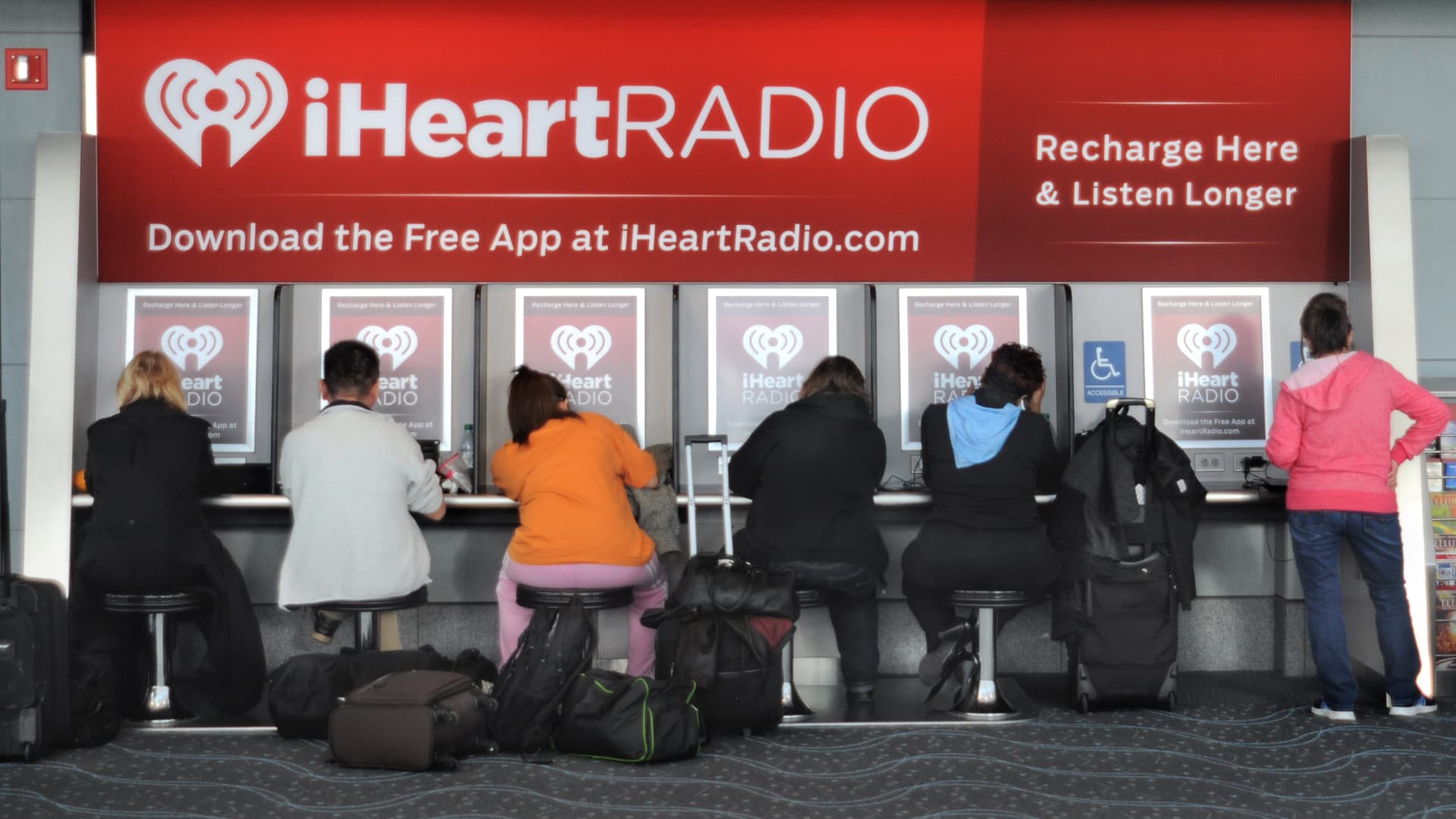United finds loose bolts on Boeing jets grounded after blowout incident
The finding could compound the woes at Boeing, which has struggled to rebuild its reputation since an earlier model of the Max was grounded after two crashes killed 346 people several years ago. Investigations revealed problems with the design of an automated system on that plane, which had not been fully disclosed to the FAA.
Friday’s incident did not cause any fatalities, even though a piece of the plane broke off mid flight, leaving passengers exposed to the open air. And the National Transportation Safety Board continues to investigate the cause, gathering evidence that scattered across the Portland area, including the door-like plug, which landed in a schoolteacher’s backyard.
“As operators conduct the required inspections, we are staying in close contact with them and will help address any and all findings,” Boeing said in a statement. “We are committed to ensuring every Boeing airplane meets design specifications and the highest safety and quality standards. We regret the impact this has had on our customers and their passengers.”
United’s discovery of the loose bolts occurred as part of preliminary inspections that have been ongoing since Saturday. The discovery was first reported by the Air Current, an aviation news site. On Monday, the FAA said airlines can begin inspections in earnest using guidance from Boeing and the agency.
One hundred seventy-one Boeing 737 Max 9 planes have been grounded amid the investigation into the rapid depressurization accident Friday, which triggered an emergency landing and resulted in extensive damage to an Alaska Airlines plane.
There were no serious injuries in the accident, which is being investigated by the National Transportation Safety Board, but the dramatic midair incident caused the FAA to order immediate inspections of the jetliners. Guidance issued Monday by Boeing and approved by the FAA allows the inspections to begin. The FAA previously said the inspections could take four to eight hours per plane, but on Monday said that was no longer accurate, without offering a revised estimate.
“The FAA’s priority is always keeping Americans safe,” the agency said in a statement, adding that all Max 9 aircraft would remain grounded until operators have completed the enhanced inspections.
Two airlines in the United States — Alaska and United — have Boeing Max 9 aircraft in their fleets. Alaska Airlines did not respond to requests for comment Monday.
Authorities are also investigating the auto-pressurization fail light on the Alaska Airlines flight that experienced the blowout. The light is designed to signal failures in the control of cabin pressure. It had illuminated on three flights in the weeks before Friday’s incident, the NTSB said. Those reports — on Dec. 7, Jan. 3 and Jan. 4 — prompted tests and a reset by maintenance, she said.
Jennifer Homendy, chair of the NTSB, said Sunday that Alaska Airlines had restricted the plane involved in the blowout from flying to Hawaii in case of the need for a swift landing, and that a later request from the airline for a deeper look had gone unfulfilled before Friday’s incident.
“It’s certainly a concern, and it’s one that we want to dig into,” Homendy said. She added that it’s unclear whether the light is linked to the accident, saying it’s possible it could have malfunctioned independently of the plane’s auto-pressurization system.
Inspections will be required on both the left and right cabin-door exit plugs, door components and fasteners. Operators must also complete corrective-action requirements based on findings from the inspections before bringing any aircraft back into service, the FAA said.
“The safety of our airplanes and everyone who steps onboard is a core Boeing value,” Stan Deal, commercial airplanes president and chief executive, and Mike Delaney, chief aerospace safety officer and senior vice president of global aerospace safety, wrote in a message to employees Monday. “We agree with and fully support the FAA’s decision to require immediate inspections of 737-9 MAX airplanes with the same configuration as the affected airplane.”
Jeff Guzzetti, a former accident investigator with the FAA and NTSB, said the door plug is a key piece of evidence that will allow investigators to confirm whatever failure occurred and how it occurred.
“I still believe that because it was such a new airplane and this is such a unique type of event that it’s manufacturer-related,” he said.
Anthony Brickhouse, an associate professor who teaches aviation safety and investigation courses at Embry-Riddle Aeronautical University, said the door plug will offer important clues about what might have caused the failure.
“When it comes to structures, metals tell the story,” he said. “Whenever a metal fails, it leaves a signature. It tells a story — are there any dings, dents or deformation? There will be telltale signs that the NTSB is already looking at.”
Guzzetti said reports of irregularities with the plane’s auto-pressurization lights should be examined closely but may simply be indications of symptoms of wear to the door plug or potentially a loosening. He added that it is not unusual for auto-pressurization warning lights to go off. Sometimes the sensors themselves fail; other times, it can be an indication of a pressurization problem.
“In this case, it may be a small consequence of what may have been happening to that door’s lock,” he said.
Brickhouse said it’s too soon to know whether Friday’s accident was connected to the air pressurization lights.
“To the untrained eye, you have a pressurization accident Friday night, and then you see these three warnings, you automatically want to connect the dots,” Brickhouse said. “But … we have to use factual information. It could be a situation where those three warnings are directly connected to Friday night or a 180 from that in that these things are totally unrelated. As the investigation plays out, they’ll be able to stitch things together.”
Flight 1282 was on its way to Ontario, Calif., from Portland when it had to return to the airport shortly after takeoff because the door plug — an exit that is paneled off, usually because it is deemed optional in safety regulations — had separated from the plane in midair.
The blowout caused a loud banging sound and allowed frigid, whipping winds to pour into the aircraft.
The cockpit door immediately flew open, banging into a lavatory door and jolting the first officer forward, causing her to temporarily lose her headset, Homendy said, citing interviews with flight attendants. The captain and the first officer were able to put on oxygen masks and turn on a speaker, but “communication was a serious issue,” she said.
Flight attendants described trouble getting information from the flight deck, and passengers in the cabin struggled to hear announcements. “It was very violent,” Homendy said.
Investigators who examined the grounded plane after the accident found that the headrests of two seats directly adjacent to the door plug were missing, as well as the back of one seat.
One flight attendant suffered minor injuries, according to the union that represents Alaska crews, The Washington Post reported. Several passengers required medical attention for injuries, the airline said. The flight was carrying 171 passengers and six crew members.
Pieces of trim, paneling and insulation were ripped from the interior of the plane, Homendy said, and damage was visible in at least 12 rows, including the interior side of some windows. However, these parts are “not critical to the structure of the aircraft,” she said, adding that the tubing of several oxygen masks had been “sheared off.”
“My impression, when I saw that, was it must have been a terrifying event to experience,” she said.
NTSB investigators were unable to uncover communications from the cockpit voice recorder, which overwrites itself every two hours and was not recovered before the recording had been automatically erased. Homendy called on the FAA to implement a rule that would require the automatic overwrite time to be increased to 25 hours, a standard she said the NTSB has called for and is “consistent with Europe and many other countries.”
“That information is key not just for our investigation but for improving aviation safety,” she said.
The NTSB is expected to continue its investigation into the causes of the accident. Members of the Portland community had launched drones to help search for the plug, and two cellphones were turned in after they were discovered in a yard and on the side of a road. Homendy asked people living or working near the site of the emergency landing to check their rooftops for any fallen parts, and to search their security camera recordings around the time of 5:11 p.m. for any potential evidence that would help investigators.
“We’ve only been on scene for 24 hours — one day. We have a lot of work to do,” Homendy said Sunday. “ … This could be, you know, weeks that we’re here.”







